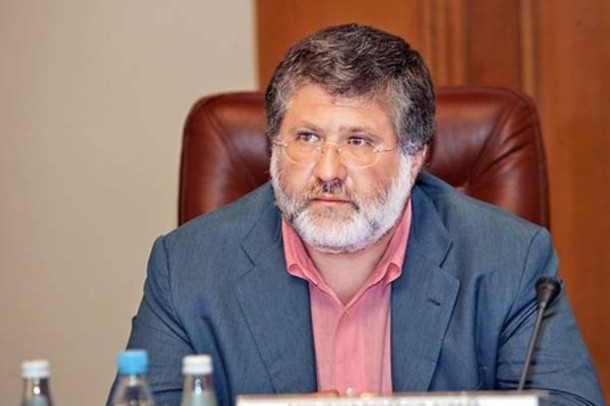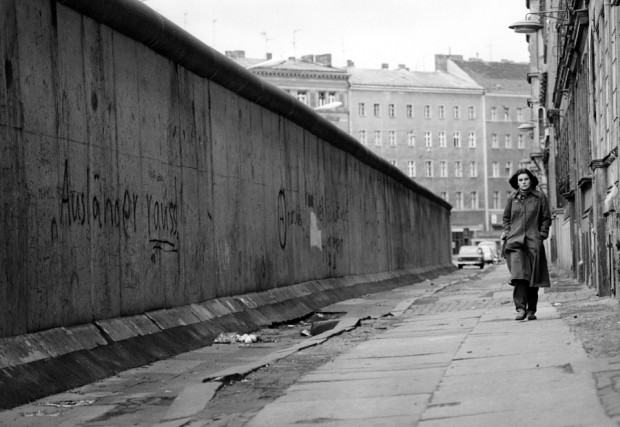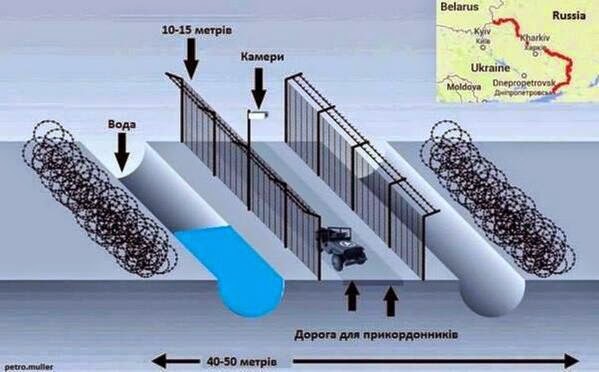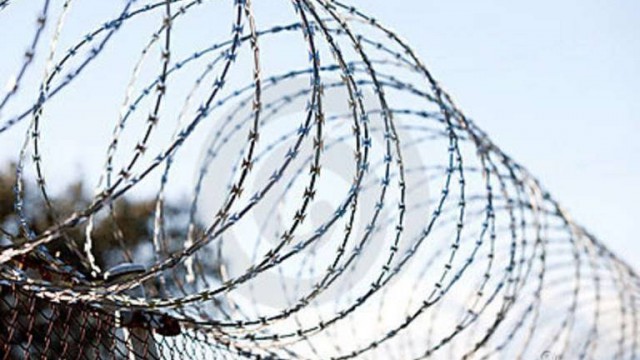An intriguing new development in Ukraine has the potential to propel its current crisis into a whole new dimension with 2,000 kilometers of fear and isolation. Igor Kolomoisky, current Governor of Dnipropetrovsk Oblast, and of the wealthiest men in Ukraine, has proposed an ambitious defense project to the Presidential Administration of Ukraine. The plan is to build an electric metal fence across roughly 2,000 kilometers of the Russian border; more precisely, across the territories of Kharkiv, Luhansk and Donetsk. In addition to the electric fence, the wall project also includes formations of barbed wire, ditches and minefields, with elements from Ukrainian armed forces presumably guarding the humongous structure against any vehicle or person in the proximity.
Other Dnipropetrovsk authorities have confirmed the proposal to the Ukrainian media and provided additional details regarding the exact contours of this project; according to Kolomoisky’s deputy Oleynik, charities, and local business, as well as the government, can accommodate the total financial needs of the enterprise which should not exceed the 100 million Euros barrier. Additionally, the completion of the project should take no more than six months.

This is something unheard of in Europe since the Berlin Wall. That structure was 155 kilometers long, less than 1/10th of the 1920-kilometer-wall proposed by the Governor of Dnipropetrovsk. One has to wonder if Kolomoisky is aware of the repercussions that this inordinate ordeal could have on the socio-political environment of the region if it eventually receives the green light from the Presidential Administration (the proposal is already backed up by a feasibility study). It could not only kick-start an even deeper crisis in Ukraine, it could also affect negatively relations between Russia and Europe/United States.
If this project receives support from the population and higher authorities, it is a very revealing sign about the state of mind of Ukrainians in general, and a sign the West might have underestimated the seriousness of the crisis that has afflicted Ukraine since the revolution last February. 2,000 kilometers of fear and isolation might not be the best move forward.

This idea comes from the same man who, some months ago, caused a stir by announcing a 7,000 Euros reward to whomever captured a pro-Russian separatist.
Apparently, the Ukrainian-Israeli business oligarch, with an estimated fortune of a few billion Euros, had decided his previous method was not sufficient to defend Ukraine’s territorial integrity against Russia, and, as a result, proposes the adoption of more aggressive measures. From the Ukranian authorities’ perspective, it’s easy to conjecture that the rationale behind such idea is either to protect Ukraine from hostile Russian incursions, prevent the exodus of Ukrainian population to Russian territory, and/or block easy access from Russia to some of Ukraine’s greatest economic and industrial centers, Kharkov and Donetsk.
Looking at the history behind this type of structure and the particular geoeconomic environment, the two later hypotheses come across as the most likely; around 25 percent of Ukrainian exports go only to Russia; therefore, controlling vital terrestrial connection points between both countries can be a powerful weapon for Ukraine to use against any Russian annexation plans (if those actually exist).

On the other hand, this would be a self-inflicted blow as well - more than 30 percent of Ukraine’s imports are sourced from Russia. A wall of such proportions would appear to be a desperate attempt to maintain territorial integrity and/or a move to gain a (pseudo) advantage in the current geoeconomic warfare between both countries.
It is unreasonable to believe that such a metal wire structure would constitute the perfect defense against a well-organized armed force that could easily open a breach in it and quickly overcome the ditches and minefields. But, apparently, for a Ukrainian it is not unreasonable to believe that such event could actually come to happen. In the Ukraine, 2,000 kilometers of fear and isolation might be just the beginning of a long road into even more conflict.
by: Lauren DiDonato

